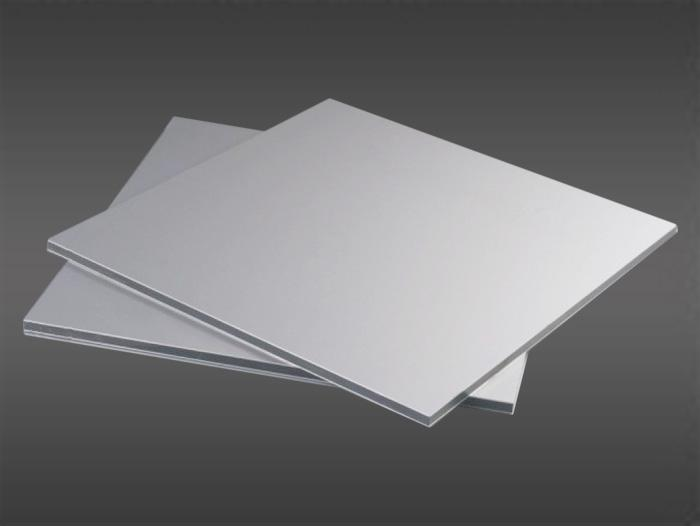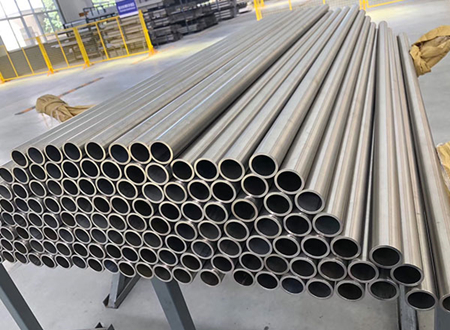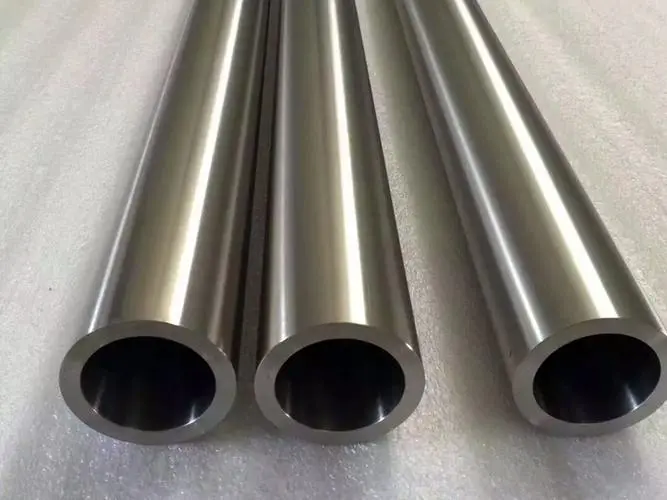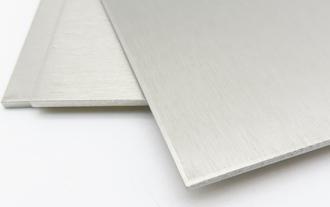Contact Info
Add:Tangyan Mansion, No. 58 Keji 1st Road, High tech Zone, Xi'an City, Shaanxi Province
Phone: 0086-29-84504928
E-mail: Tisales@omdtimetal.com
Product Search
Quickly Find The Product You Need

Nickel 200/201 N02200/2201 Strip
Moq:
1
Delivery:
- Description
-
- Commodity name: Nickel 200/201 N02200/2201 Strip
Nickel 200 and 201 plate offer outstanding corrosion resistance to caustic soda and other alkalis. They perform best in reducing environments but can also be used under oxidizing conditions when a passive oxide film is formed. They are used in aerospace, chemical and petrochemical processing, food processing, and marine and water treatment applications. Nickel 200 and 201 are both highly ductile across a wide temperature range and can be easily welded and processed by standard shop fabrication practices.
Grade: Nickel 200/201, (UNS N02200/UNS N02201), W. Nr. 2.4066, 2.4068
Standard Specification: ASTM B162, ASME SB162
Ni200/201 General Description:
Nickel 200 (UNS N02200) and 201 (UNS N02201) are dual-certifiable wrought nickel materials. They differ only in the maximum carbon levels present—0.15% for Nickel 200 and 0.02% for Nickel 201.
Nickel 200 plate is normally limited to service at temperatures below 315ºC (600ºF), since at higher temperatures it can suffer from graphitization which can severely compromise properties. At higher temperatures Nickel 201 plate should be utilized. Both grades are approved under ASME Boiler and Pressure Vessel Code Section VIII, Division 1. Nickel 200 plate is approved for service up to 315ºC (600ºF), while Nickel 201 plate is approved up to 677ºC (1250ºF).
Both grades offer outstanding corrosion resistance to caustic soda and other alkalis. The alloys perform best in reducing environments but can also be used under oxidizing conditions that produce a passive oxide film. They both resist corrosion by distilled, natural water and flowing seawater but are attacked by stagnant seawater.
Nickel 200 and 201 are ferromagnetic and exhibit highly ductile mechanical properties across a wide temperature range.
Both grades are easily welded and processed by standard shop fabrication practices.
Chemical Component (wt%):
Grade
Ni
Cu
Fe
Mg
C
Si
S
--
min.
max
max
max
max
max
max
Nickel 200
99.0
0.25
0.40
0.35
0.15
0.35
0.01
Nickel 201Low-C
99.0
0.25
0.40
0.35
0.02
0.35
0.01
Mechanical Properties:
Nickel 200/201, Typical Values at 70°F (21°C), Plate—Hot Rolled, Annealed
Grade
Yield Strength 0.2% Offset
Ultimate Tensile Strength
Elongation in 2 inches
Hardness
--
ksi
MPa
ksi
MPa
%
Brinell (3000-kg)
Rockwell B
Nickel 200
15–40
105–275
55–80
380–550
60–40
90–140
45–73
Nickel 201
12-35
83-240
50-70
345-485
60-40
--
--
Ni200/201 Application:
1.Aerospace and Missile Components.
2.Chemical and Petrochemical Processing—chlor-alkali production, caustic soda and other alkalis; sulfuric, hydrochloric, hydrofluoric, phosphoric, and organic acids; neutral and reducing salt solutions; reactive chlorides including phosphorus oxychloride, phosphorus trichloride, nitrosyl chloride, benzyl chloride, and benzoyl chloride; fluorine and chlorine; bromine and phenol.
3.Food Processing Equipment— cooling brine, fatty acids, fruit juices.
4.Marine and Water Treatment— distilled, natural water and flowing seawater.
Key words:
Get A Quote








